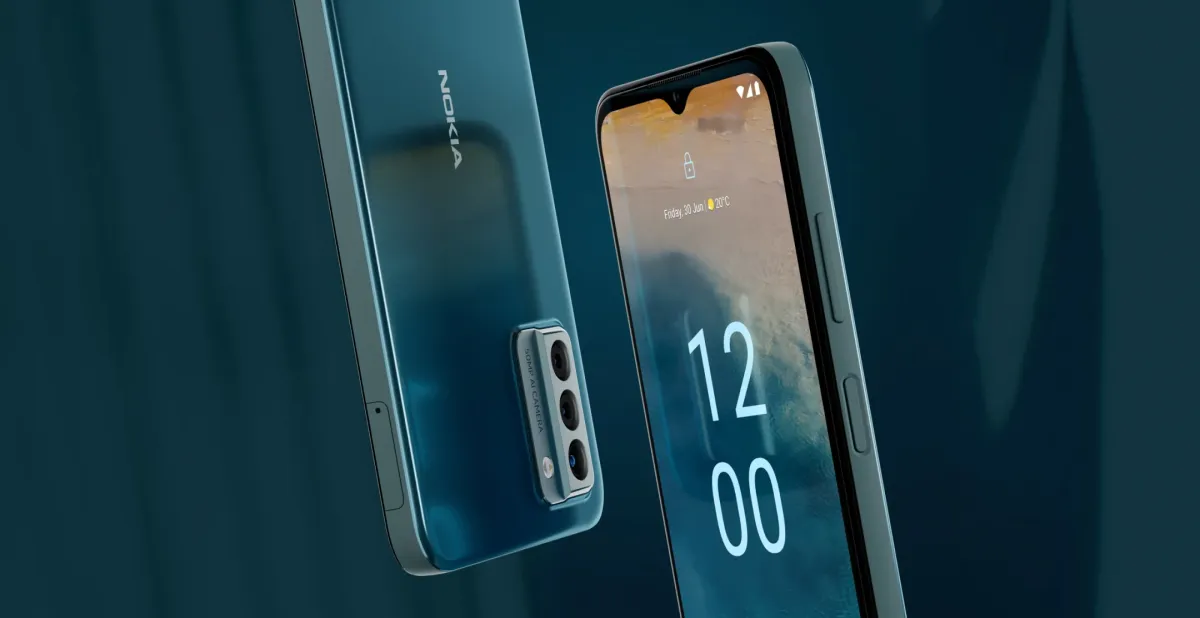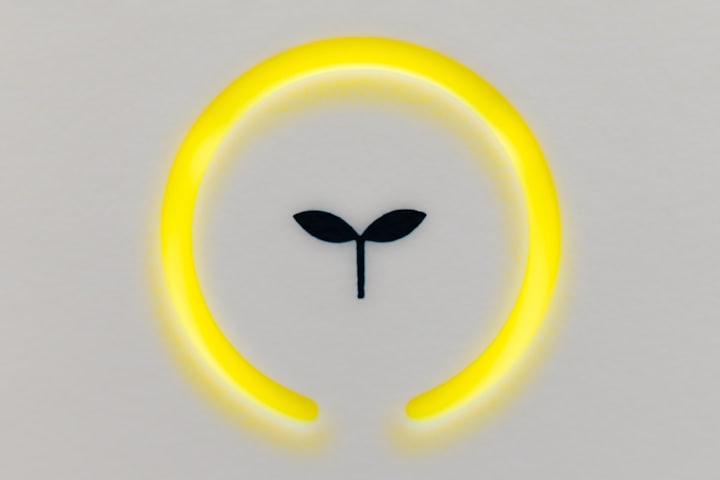Nokia, Fairphone, and the Dawn of Sustainable Smartphones: How EU Regulations are Shaping the Future
Embracing sustainability, Nokia and Fairphone lead the smartphone industry's shift, backed by new EU regulations. Together, they address critical Scope 3 emissions, paving the way for a greener future."

In an era where technology is advancing at breakneck speed, the environmental implications of our devices often take a backseat. However, companies like Nokia and Fairphone are challenging this norm, pioneering a new age of sustainable smartphones. With the European Union introducing regulations that mandate replaceable batteries in smartphones by 2027, the industry is on the brink of a significant transformation.
But why is this shift so crucial? Beyond the immediate benefits of waste reduction and resource conservation, there's a broader environmental narrative at play, deeply rooted in the concept of Scope 3 emissions.
Understanding Scope 3 Emissions:
Emissions are categorized into three "scopes" to help organizations measure their carbon footprints. While Scope 1 and 2 cover direct emissions from a company's operations and purchased electricity, Scope 3 delves deeper. It encompasses all indirect emissions that occur in a company's value chain. For products like smartphones, certain categories of Scope 3 emissions become particularly relevant:
- Purchased Goods and Services: Emissions from the production of goods and services purchased or acquired by the reporting company, such as raw materials.
- Use of Sold Products: Emissions from the use of goods and services sold by the reporting company in its operational lifetime.
- End-of-life Treatment of Sold Products: Emissions from the waste management of goods and services sold by the reporting company, including their transportation, disposal, reuse, or recycling.
These categories highlight that the environmental impact of a smartphone isn't just about its production but also its usage and eventual disposal.
Nokia's Sustainable Initiative:
Nokia has recently launched a DIY repairable budget Android phone, emphasizing user repairability and longevity. This move not only reduces waste from discarded phones but also addresses Scope 3 emissions by potentially reducing the frequency of phone replacements and the need for new raw materials.
Fairphone's Vision:
Fairphone, on the other hand, has been a pioneer in the sustainable smartphone arena. Their modular design allows users to replace specific components, extending the device's lifespan. This approach directly impacts the "Use of Sold Products" category of Scope 3 emissions by ensuring phones last longer and reducing the need for entirely new devices.
The EU's Role:
The European Union's regulation, set to be implemented by 2027, mandates replaceable batteries in smartphones. This move will drastically reduce electronic waste and address the "End-of-life Treatment of Sold Products" category of Scope 3 emissions. With batteries being a primary reason for phone replacements, this regulation can significantly extend a phone's life.
Conclusion:
The shift towards sustainable smartphones, driven by companies like Nokia and Fairphone and supported by EU regulations, is a step in the right direction. By addressing critical categories of Scope 3 emissions, the industry can play a pivotal role in our collective journey towards a sustainable future.
References:



Comments ()